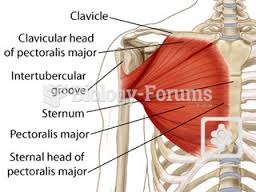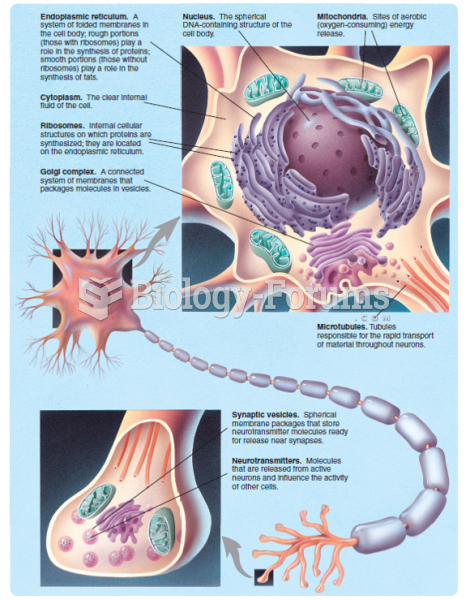Answer 1
Answer: Northern suspicions were aroused with passage of the Fugitive Slave Act of 1850. The Gadsden Purchase provided land for a possible southern railroad, several southern filibusters attempted to add possible slave lands in Latin America, and the Ostend Manifesto even suggested war against Spain for the acquisition of Cuba. The Kansas-Nebraska Act removed prohibitions against slavery's expansion, and the Dred Scott decision said Congress had no power to prevent it. President Buchanan supported the proslavery Lecompton Constitution in Kansas.
Answer 2
Answer: The Compromise of 1850 delayed rather than resolved sectional conflict over slavery. With Senator Stephen Douglas's leadership and President Millard Fillmore's support, congressmen voted on a series of individual bills rather than a collective package. The most controversial provision was a strengthened Fugitive Slave Act, which prompted northern protests and the writing of Uncle Tom's Cabin.
Answer 3
Answer: The Wilmot Proviso sought to prohibit slavery, while the Calhoun Resolutions sought to extend it into new territories acquired by the Mexican War. Both were rejected by Congress, as was a proposal to extend the Missouri Compromise line. The seemingly democratic choice of popular sovereignty for territories had broad appeal, but left many details unanswered. The two major parties evaded the issue in 1848, prompting the formation of the Free-Soil party. The Free Soilers captured only 10 percent of the vote, however, allowing the election of military hero and Whig candidate Zachary Taylor.
Answer 4
Answer: There were four major developments between 1848 and 1861 that contributed to the Civil War: (1) a sectional dispute over the extension of slavery into the western territories; (2) the breakdown of the political party system; (3) growing cultural differences in the views and lifestyles of the South and North; and (4) an intensifying emotional and ideological polarization between the two regions. The election of a Republican president in 1860 sparked the secession of the Deep South, and the subsequent battle over Fort Sumter began the war.







